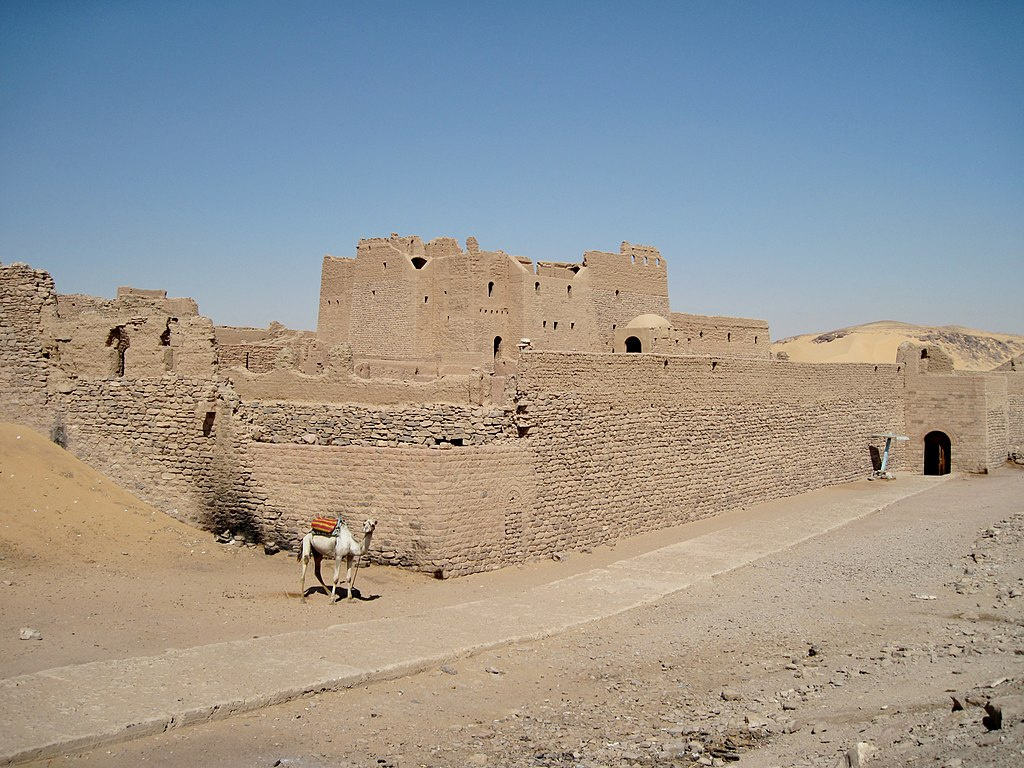
Monastery of St Simeon
Remains of a mud-&-stone monastery founded in the 7th century & rebuilt in the 10th century.
Monastery of St. Simeon
The monastery of Saint Simeon is one of the most important monuments of the Christian era built in Egypt. It is located at the top of the plateau facing
The island of Elephantine is one of major Aswan attractions floating on the Nile. The island in 12000 meters situated in the center of the Nile. Elephantine Island
, west of the tombs of the nobles, two kilometers from the west bank of the Nile. The date of foundation of the monastery is not known precisely, however the epigraphic study of the funerary steles as well as the analysis of the wall paintings allows us to estimate its construction in the 7th century. The monastery was probably abandoned in the 12th century. The name “monastery of Saint Simeon” only appears in European works from the 19th century and has no historical origin.
Its original name is the Monastery of Anba Hadara. Due to the lack of water a century after its construction, the monastery was abandoned and left untouched for several years, pointing out that it is one of the most important Coptic monasteries throughout history. Many monks took refuge in it when Christianity spread among the people of the Nubian kingdoms, and it still preserves the inscriptions and drawings. On its walls are pictures of Christ and the saints. The monastery was receiving Moroccan pilgrims heading to Mecca via the Western Desert, passing through the Monastery of Anba Simeon, the Wadi Al-Alaqi area, then Suakin in Sudan, then the Hejaz lands. While the Moroccan pilgrims were hosting them in the monastery, they would engrave their names on the inner walls of the monastery to represent the pinnacle of national unity between Muslims and Copts.
Anba Hadara moved to the West of the Nile in Aswan and built a monastery for him, known as the Monastery of Anba Simeon, to call for monasticism. About 300 monks gathered for him, working in various crafts. After his death, the Copts commemorated his birth and death, which coincided with the same date, by coming to the monastery and celebrating this occasion every year. The monastery also received the attention of the Aswan Archbishopric, and new buildings were built next to it to receive visitors and guests. The government paved the asphalt road up to the monastery’s door.
The monastery was known as Anba Hadra Monastery after Saint Hadra, who was the patron saint of the city of Aswan, where he was born and lived. The Aswan Church celebrates the annual Feast of Bishop Hadara on the 12th of the month of Kiahk. The common people call the Monastery of Anba Hadara the Monastery of Saint Simeon.

Saint Simon Monastery
-Description:
This building is one of the largest monasteries in Egypt. It is built on two different levels separated by an escarpment. The lower level, to the east, was open to the faithful and pilgrims and provided access to a large church, the upper level, to the west, was reserved for monks. The two levels are connected by two staircases, each level having its own entrance, to the east for the lower level, to the west for the upper level.
The church is made up of a long naos separated from the two side aisles by rows of rectangular pillars, the naos is extended to the east by the sanctuary (haikal) preceded by the Hurus. The Hurus was a transverse room located between the naos and the haikal, a wooden grid separated it from the naos. Many Coptic and Nubian churches included this space in the Middle Ages, it disappeared later (this room was probably intended for religious people).

St. Simeon Monastery
to the north, the Palace, a fortified building which housed the monks.

Saint Simeon Monastery
-Murals:
Many wall paintings have disappeared since the visits of scholars from the end of the 19th century to the beginning of the 20th century. Art historians can nevertheless study the photographs taken at this time. Other paintings were still visible on the walls of the church and in the chapels, but they had practically disappeared by the beginning of the 21st century. On the upper floor of the church, a long corridor had a series of representations of the twelve apostles, six on the left, six on the right (disappeared), the two groups being separated by figures of archangel and by an enthroned Christ.

St. Simon monastery
You can go to the Monastery of St Simeon by camel and enjoy this wonderful experience.
Book with us now your trip to Monastery of St Simeon And get this unique experience with our private guide.

Post A Comment
Your Email Address Will Not Be Published.













































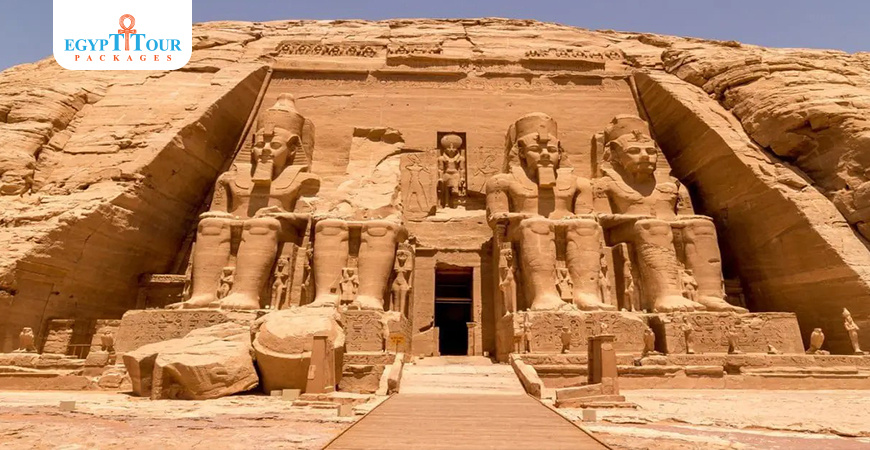
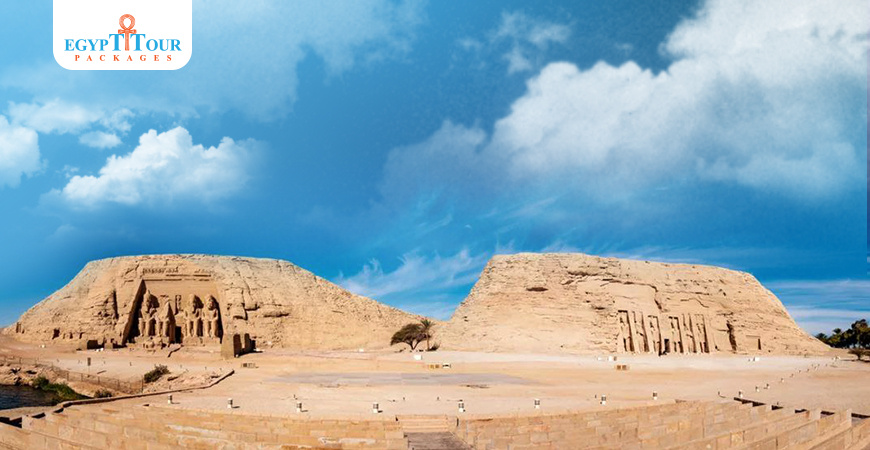
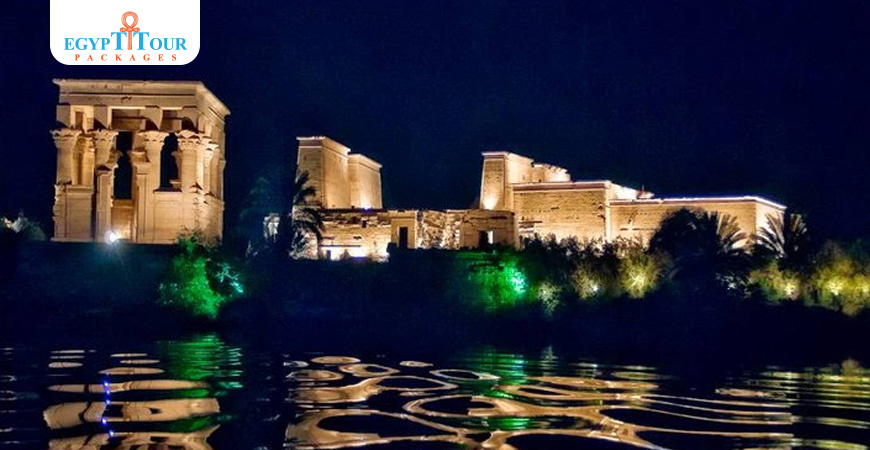
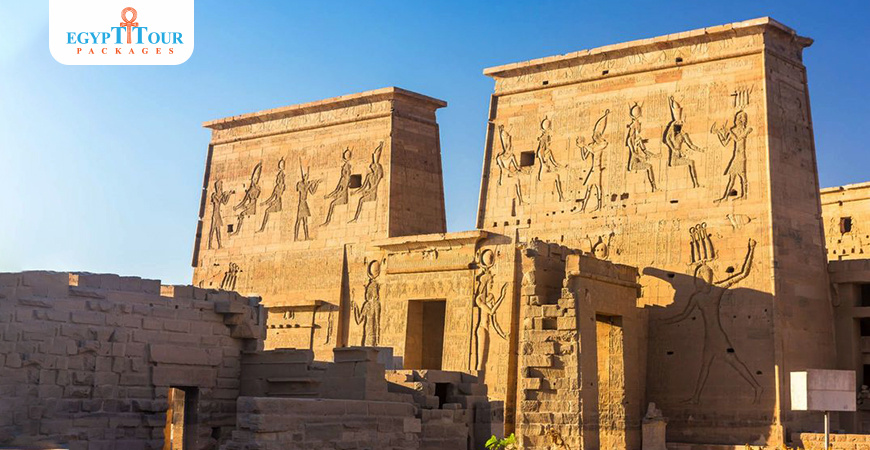
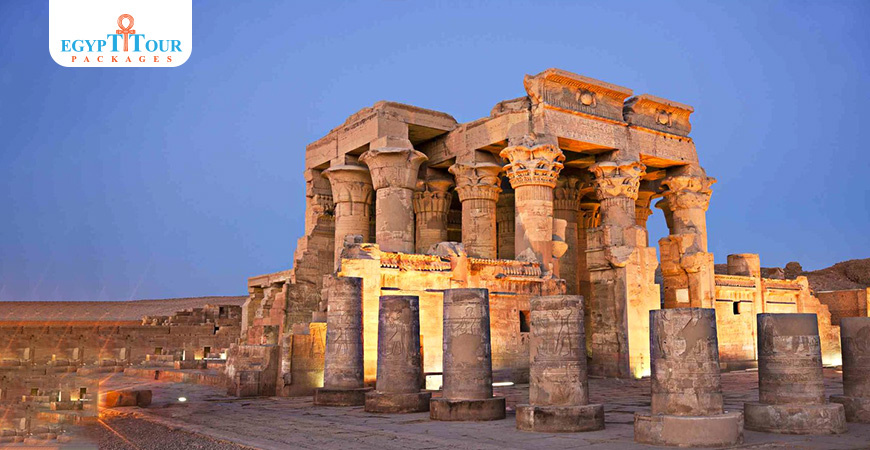
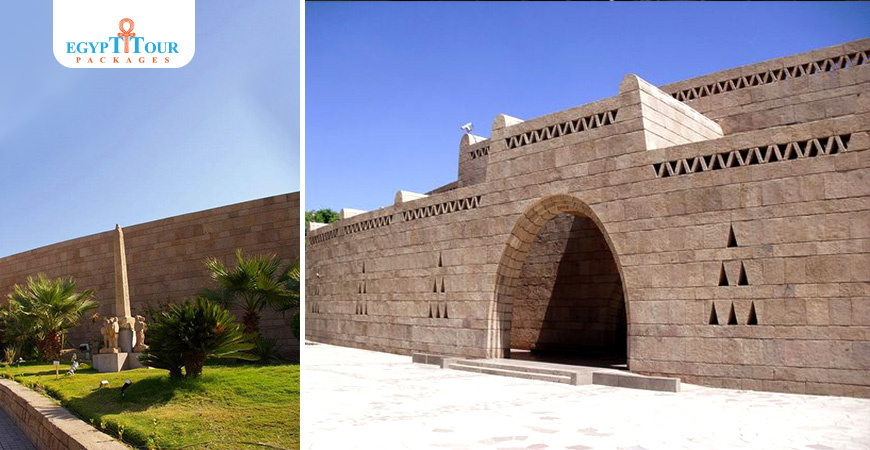
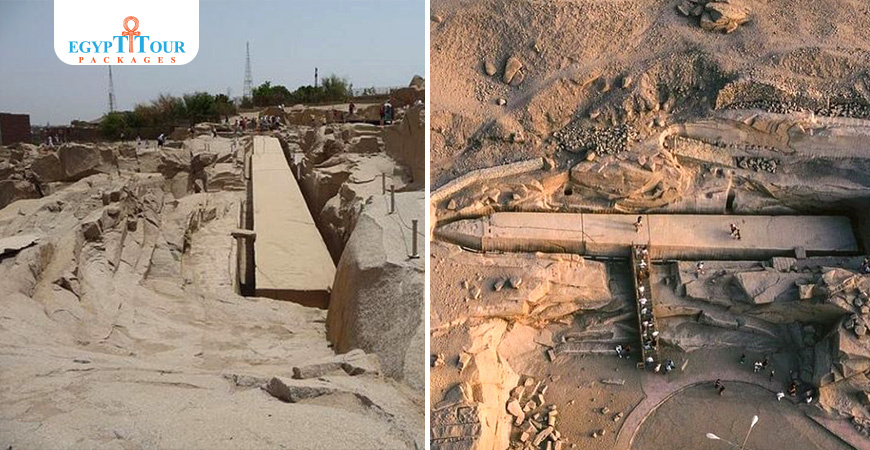
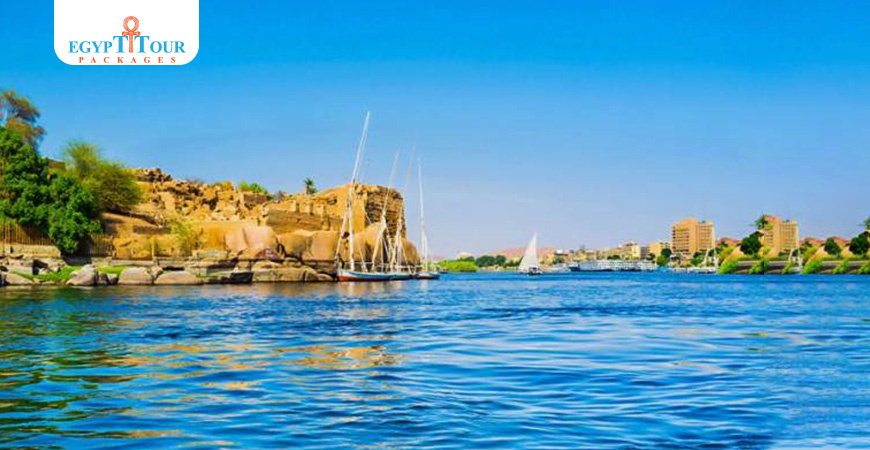
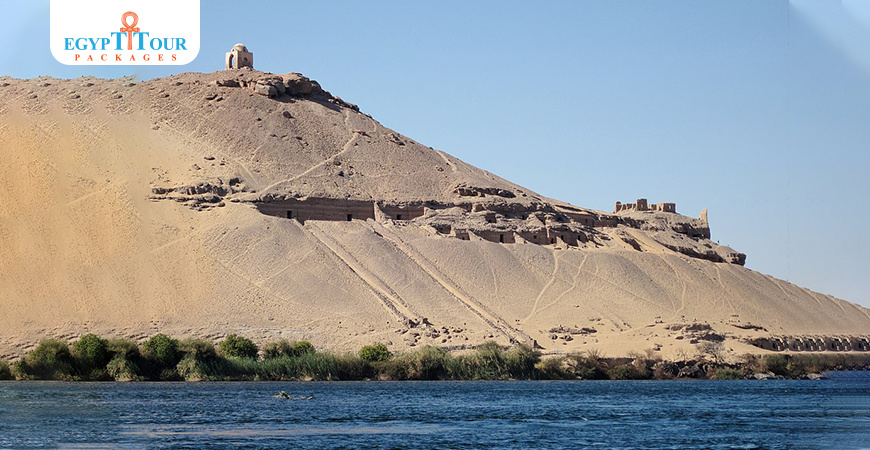
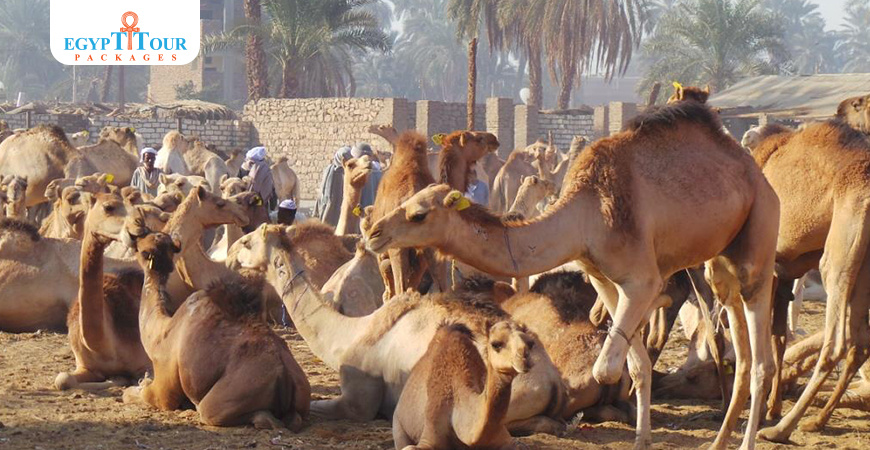
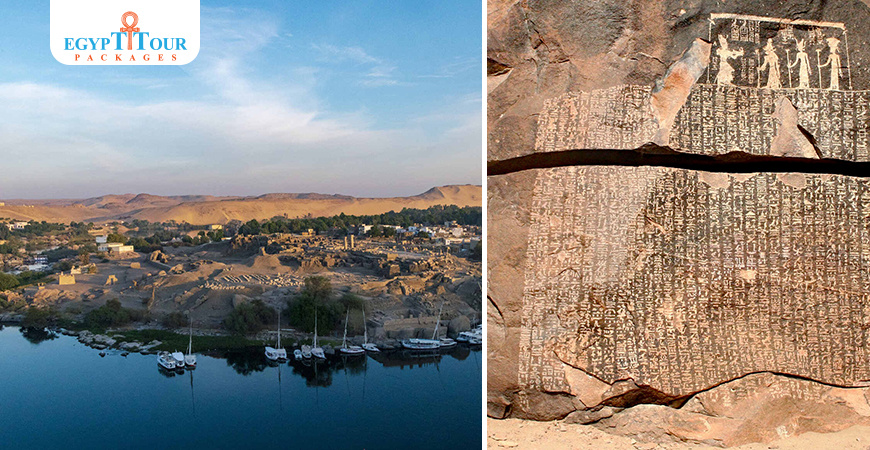
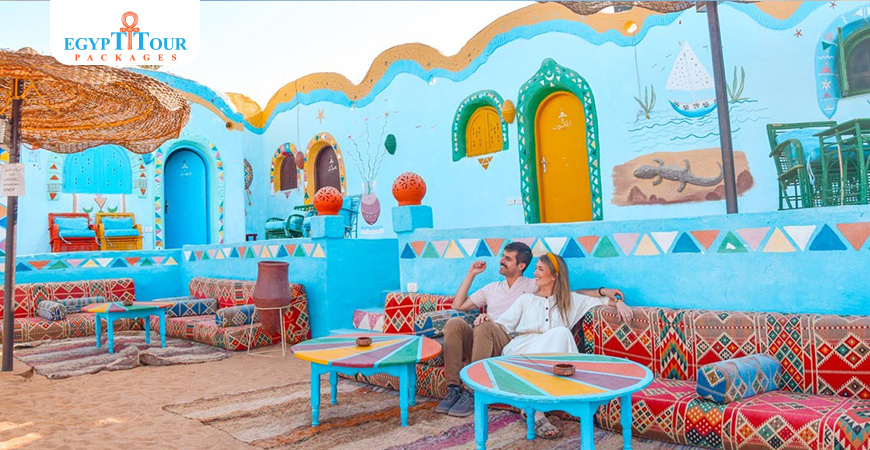

0 Comments